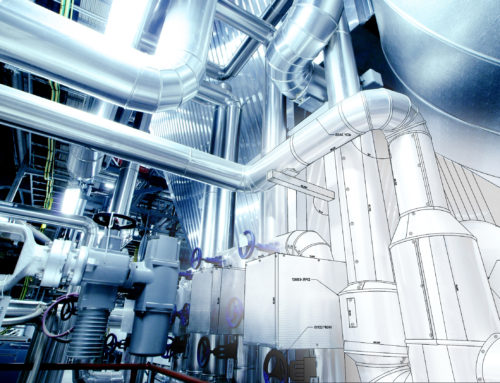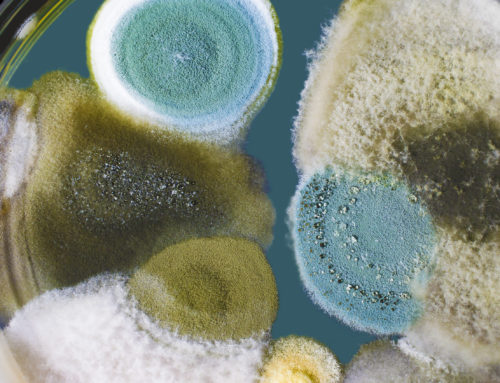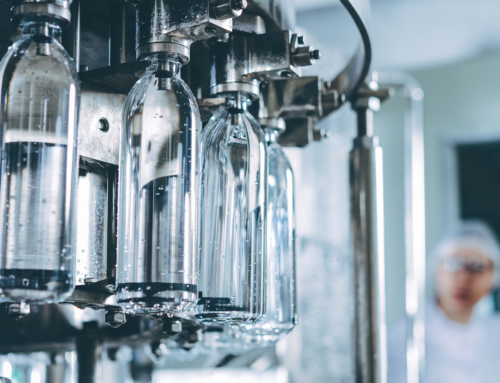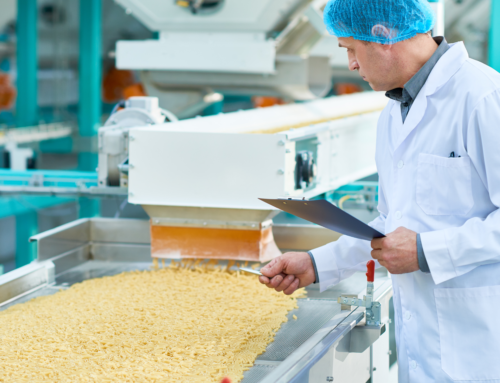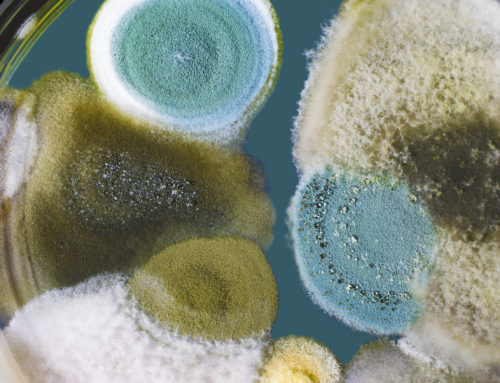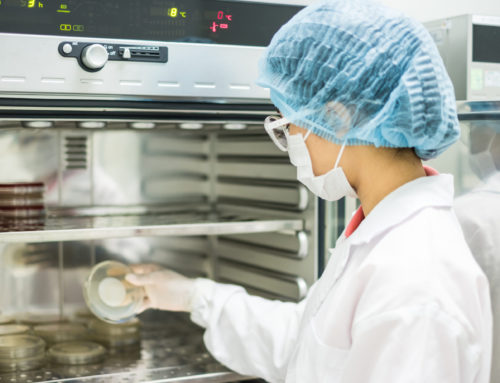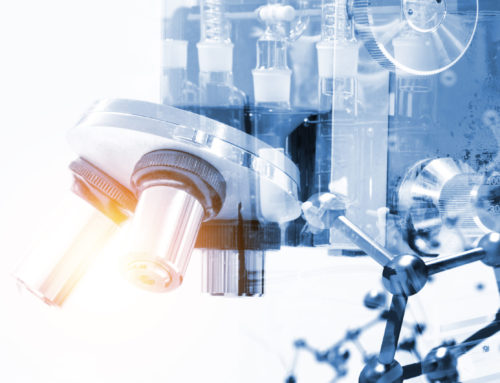The International Food Safety And Quality Network hosts a monthly webinar for food manufacturers called “Food Safety Fridays.” In the last Food Safety Fridays of 2020, Trace Analytics’ Lab Director Maria Sandoval hosted a webinar discussing the importance of microbial testing in ambient air. She explains the fundamentals of airborne contamination, how to choose the right monitoring system, and how to determine sampling frequency.
Fundamentals of Microbial Contamination in Ambient Air
Particles [P] can be distinguished between viable and non-viable particles. A viable particle is a living microorganism, like bacteria, yeast, or mold. Non-viable particles are objects like rust, dust, pieces of tubing, or metal shavings.
Air can distribute contamination throughout your facility, making it the most important contamination control issue within food processing. But you cannot prevent what you are not monitoring. Proactive monitoring for particulates can help prevent contamination of end products.
Choosing the Right Monitoring Plan
Monitoring plans must be designed on a case-by-case basis and are based on the facility and the purity classes being tested for. Ultimately, the approach to establishing an effective monitoring plan should be less about “checking the box” and more about maintaining a level of quality in your controlled environment.
One way to measure particle contamination is with a Laser Particle Counter. ISO 14644-1 defines a particle counter as a light-scattering device having a means of displaying or recording the count and size of discrete particles in air with a size discrimination capability to detect the total particle concentration in the appropriate size ranges.
LPCs draw an airstream through a chamber containing a light source. When a particle is illuminated by this light beam, the light is redirected or absorbed. The light scattered by a single particle in a specific direction, in relation to the original direction, has a unique signature that relates to the size of the particle. The LPC then tallies how many particles are detected for each size range. Sampling time is greatly reduced, and results are immediately available. This rapid turnaround leads to better troubleshooting because technicians can isolate problem areas quickly, address the problem, and then retest.
Sampling frequency is another variable that will change case by case. However, Trace Analytics recommends at least quarterly testing so that a trend analysis can be generated. A trend analysis helps identify areas of risk or areas that need remediation. And this, in turn, informs your monitoring plan.
Performing a risk assessment is a great way to begin a monitoring plan. Look for areas of risk. Take the weather, seasonal changes, and personnel into account. Once you understand your facilities unique risks, you can put together a monitoring plan and sampling schedule. The experts at Trace Analytics can help by offering recommendations and resources.
How is Microbial Contamination in Ambient Air Identified?
LPCs cannot distinguish between viable and non-viable particles. So how then do manufacturers identify which microorganisms are contaminating their facility?
There are two types of sampling methods for microbial contamination: passive and active sampling. Passive sampling takes place on a settle plate, which is left out in a specific area. Active sampling pumps the ambient air in a specific area onto an agar plate. The Trio.bas is an example of an active, handheld sampler that is available to rent or buy from Trace. Active sampling allows users to achieve air volume control and reports in which <1 Colony Forming Unit can be detected.
The essential step to identifying viable particles is incubation time on a medium, which allows any microorganisms that are present in the sample to grow into a colony-forming unit, or CFU. The CFUs are then counted to establish an overall bioburden at that sampling point. Differential and selective media are then used to identify microorganisms as these media only allow for specific microbes (bacteria, yeast, and mold) to grow on them.
In summary, it is important for manufacturers to understand that both ambient/environmental air and process air can be contaminated. Particles are one such contaminant, and a monitoring plan must be created to counteract the risk they present to the facility and end product. Laser particle counters quickly identify areas of high particulate contamination, and microbial sampling can determine whether or not microorganisms are present in the area. Regular testing helps manufacturers maintain a state of control in their facilities. Contact Trace Analytics for more information.


